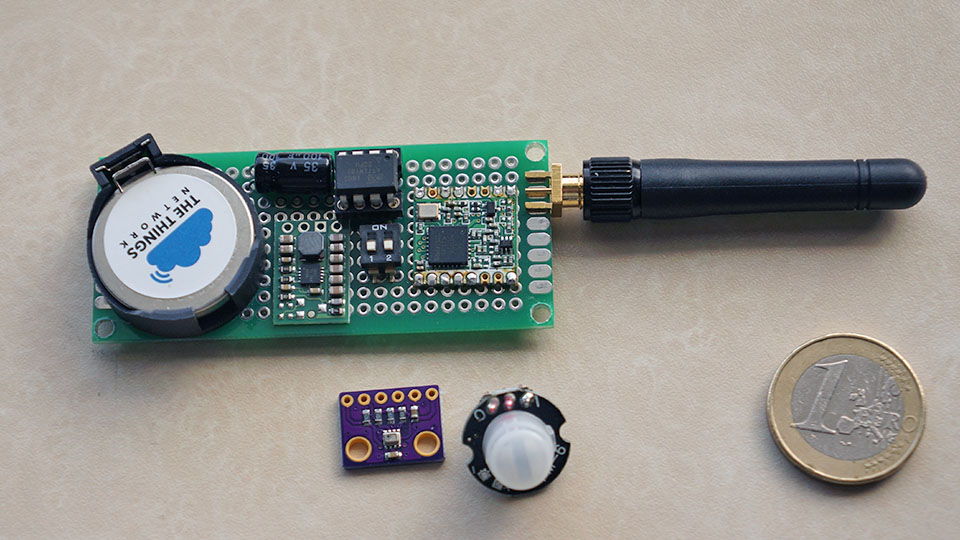true … now I think about it, there’s a problem because I wanted to read the operating voltage internally but that’s stupid , its always 3v3  because of the dc/dc board.
because of the dc/dc board.
my idea was to free a pin, like mentioned in the 85 topic, and use that for a PIR so I can switch the use case : PIR or TEMP
have to think a bit now because you may drain these coin cells to ca 3v, drain more and you damage them.
so we have no pins left …how to detect ?
